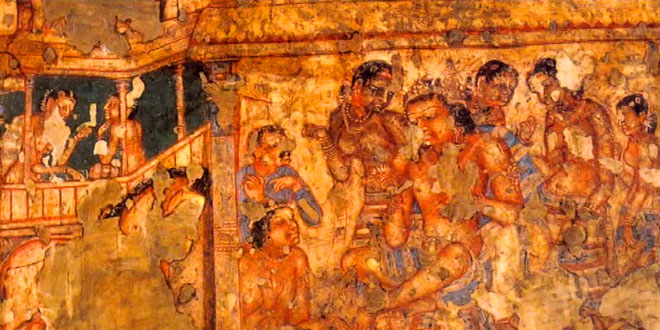Question: Why were Varanasi and Madurai famous?
Answer: Varanasi and Madurai were famous for the manufacture of cloth.
Question: What do you know about Arikamedu?
Answer: Between 2200 and 1900 years ago Aricamedu was a coastal settlement where ships unloaded goods from distant lands.
Question: Which period falls under the Wave of the second urbanization?
Answer: The pace of urbanization increased in the post-Mauryan phase as the ‘second urbanization’, because the first urbanization took place during the period of the Indus Valley civilization.
Question: How did the use of iron technology help in the expansion of agriculture?
Answer: Iron tools and implements were used extensively. This helped in the expansion of agriculture. The iron plough and iron axe helped in clearing large tracts of forest land which were used for cultivation. This led to an agricultural surplus.
Question: What were the commodities that were imported to India?
Answer: The imports in the north included brocades, coral, frankincense, glass vessels, money and some wine.
Question: Name some of the new urban centers that emerged by 300 BCE.
Answer: The Pali and Sanskrit texts mention the growth of many towns during this period. Some of these were Pataliputra, Rajagriha, Vaishali, Champa, Benaras, Mathura, Kaushambi, Shravasti, Kapilavastu and Ayodhya.
Question: Name the different categories of farmers that lived in the villages.
Answer: There were different kinds of people who lived in the villages, in southern India, for example in Kerala-Tamil Nadu region, There were three main classes of people. These were rich landowners known as vellalars, ordinary ploughmen known as uzhavars known as kadasiyar and adimai. In North India, the village headman was known as grama bhojaka. Independent farmers they were smaller landowners called grihapatis. Below them were the dasa karmakara who did not own land and earned their livelihood by working in the fields.
 Class Notes NCERT Solutions for CBSE Students
Class Notes NCERT Solutions for CBSE Students


